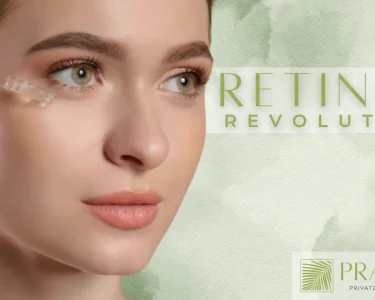Introduction
Are you tired of dealing with hair loss or slow growth despite trying every possible remedy out there? It might be time to turn your attention towards your genes. Yes, you heard it right! Your DNA plays a significant role in determining the health and appearance of your tresses. In this blog post, we will explore the fascinating world of genetics and hair growth to help you understand how your genetic makeup influences the way your locks grow and what steps you can take to promote healthy hair. So sit back, grab a cup of tea, and let’s dive into the science behind luscious locks!
What is hair?
Your hair is made up of a protein called keratin. Your hair follicles are where your hair grows from, and they’re located just below the skin on your scalp. The cells in your hair follicles divide to create new hair cells, and as those cells push up through the skin, they harden and turn into strands of hair.
Hair growth is determined by a complex interaction between hormones, nutrients, and genes. And while genetics plays a role in how fast or slow your hair grows, there are other factors that can affect your locks, like stress levels, health conditions, and even how you care for your hair.
The role of genetics in hair growth
Your hair is as unique as your fingerprint—and like your fingerprint, your hair’s characteristics are determined by your genes. But how do genes affect hair growth?
The science of hair growth is complex, but we know that genes play a major role. Hair follicles, the tiny organs that grow and maintain our hair, are controlled by a group of cells called the dermal papilla. The dermal papilla contains cells that produce keratinocytes, which are responsible for creating the keratin proteins that make up our hair shafts.
These keratinocytes are regulated by a number of different genes, which means that your genetic makeup can influence the way your hair grows. For example, researchers have found that people with certain genetic mutations can experience abnormal hair growth or baldness.
Interestingly, genes don’t just affect the structure of our hair—they can also influence its color. For instance, the gene MC1R plays a role in determining whether someone has red or black hair. And while we tend to think of our hair color as being static, it’s actually possible for it to change over time due to changes in our MC1R gene.
So, if you’re wondering why you have the kind of hair you do—or why it behaves the way it does—genetics is likely to be one of the reasons. And while we can’t control our genes, understanding how they influence our
The different types of hair
There are three main types of hair:
1. Terminal hair: This is the thick, long hair that grows on your head, eyebrows, and eyelashes. It’s the type of hair you’re probably most concerned with when it comes to growth.
2. Vellus hair: This is the soft, downy hair that covers most of your body. It’s not really visible and doesn’t grow very long.
3. Lanugo: This is the fine, downy hair that covers a newborn’s body. It usually disappears before birth or shortly after.
How to take care of your hair
How you take care of your hair is important, but did you know that your hair care routine should be tailored specifically to your hair type? That’s right – not all hair is created equal, and what works for one person might not work for another. So how do you figure out what kind of hair you have? Read on to find out!
First, let’s talk about the three main types of hair: straight, wavy, and curly. Straight hair is exactly what it sounds like – it lies flat against your head and doesn’t have any bends or curves. Wavy hair is somewhere in between straight and curly – it has a bit of texture and some gentle waves. Curly hair is the most textured type of hair – it can range from loose curls to tight ringlets.
Now that you know the basics, here are some tips on how to take care of each type of hair:
If you have straight hair…
– Be extra careful when brushing wet hair, as it’s more vulnerable to breakage when wet. Use a wide-toothed comb or brush with soft bristles.
– When shampooing, focus on the roots and Scalp Massage in a circular motion to stimulate blood flow. This will help give your scalp the nutrients it needs to produce healthy hair.
– Avoid using heat styling tools too often, as this can damage your strands. If you do use them, be sure to use
Conclusion
Knowing the role that genetics plays in hair growth can be a great tool for understanding how to take care of your locks and make sure they stay healthy. While some factors such as diet and lifestyle habits play a major role in keeping your tresses long, strong, and vibrant, being aware of the genetic components at play is just as important. By taking into consideration both aspects when it comes to growing out or maintaining your mane you can ensure that you have luscious locks throughout life!




